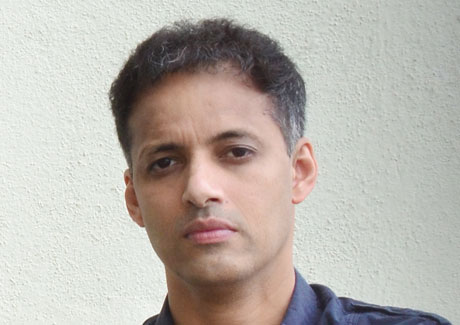Close-Up: 'The challenge is in creating great brand experiences'
Joono Simon, executive creative director, Ogilvy & Mather, Bengaluru talks to Pooja Ahuja Nagpal about his advertising journey so far including experiences of setting up new offices and his advice to youngsters who want to get into advertising
by Pooja Ahuja Nagpal

To continue enjoying this content, please sign in below. You can register for free for limited further access or subscribe now for full access to all out content.
Sign In
Trouble signing in?
Register for free
✓ Access limited free articles each month
✓ Email bulletins – top industry news and insights delivered straight to your inbox
Subscribe
✓ All the latest local and global industry news
✓ The most inspirational and innovative campaigns
✓ Interviews and opinion from leading industry figures
